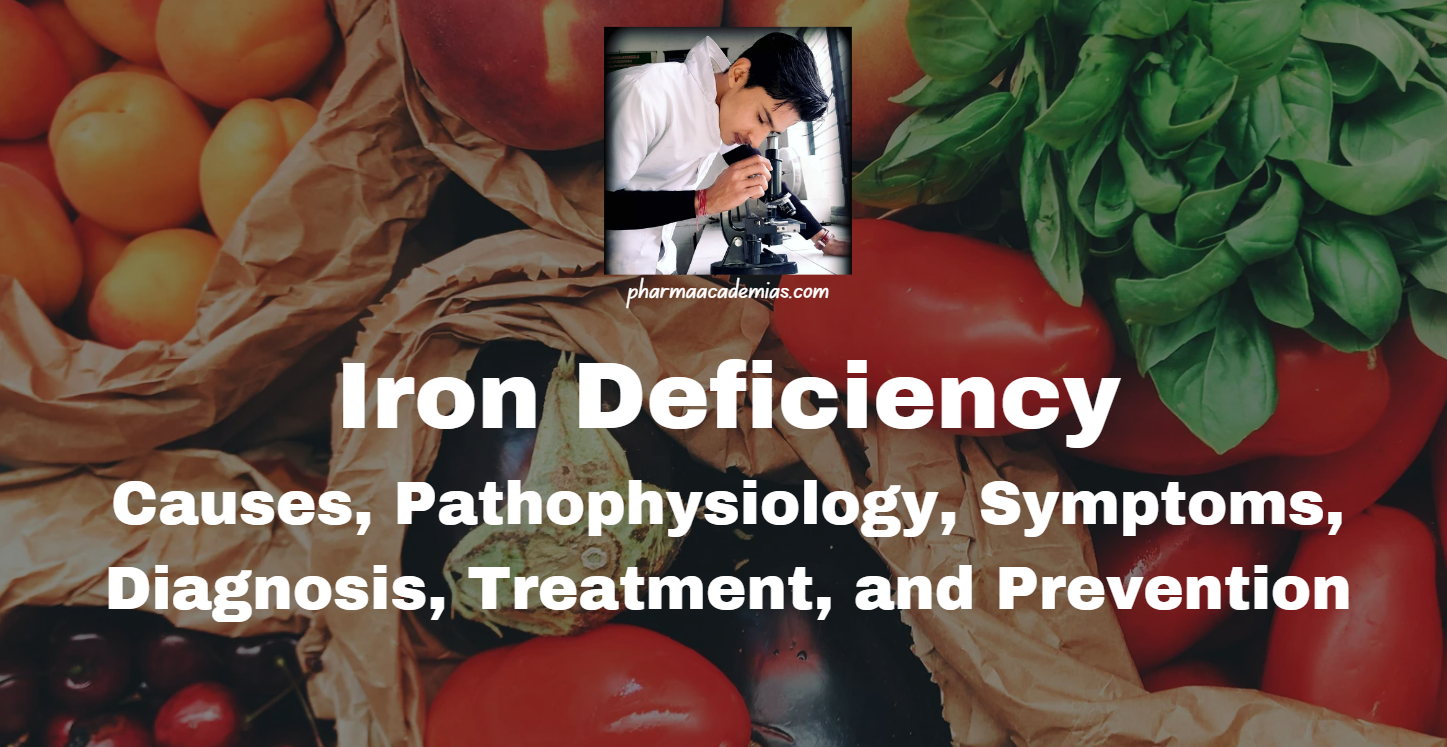Hemophilia: Causes, Types, Symptoms, Diagnosis, Treatment, and Management
Hemophilia is a rare genetic bleeding disorder characterized by the deficiency or dysfunction of clotting factors in the blood, primarily factor VIII (hemophilia A) or factor IX (hemophilia B). This results in prolonged or spontaneous bleeding episodes, which can lead to serious complications. This note explores the causes, types, symptoms, diagnosis, treatment, and management strategies … Read more






